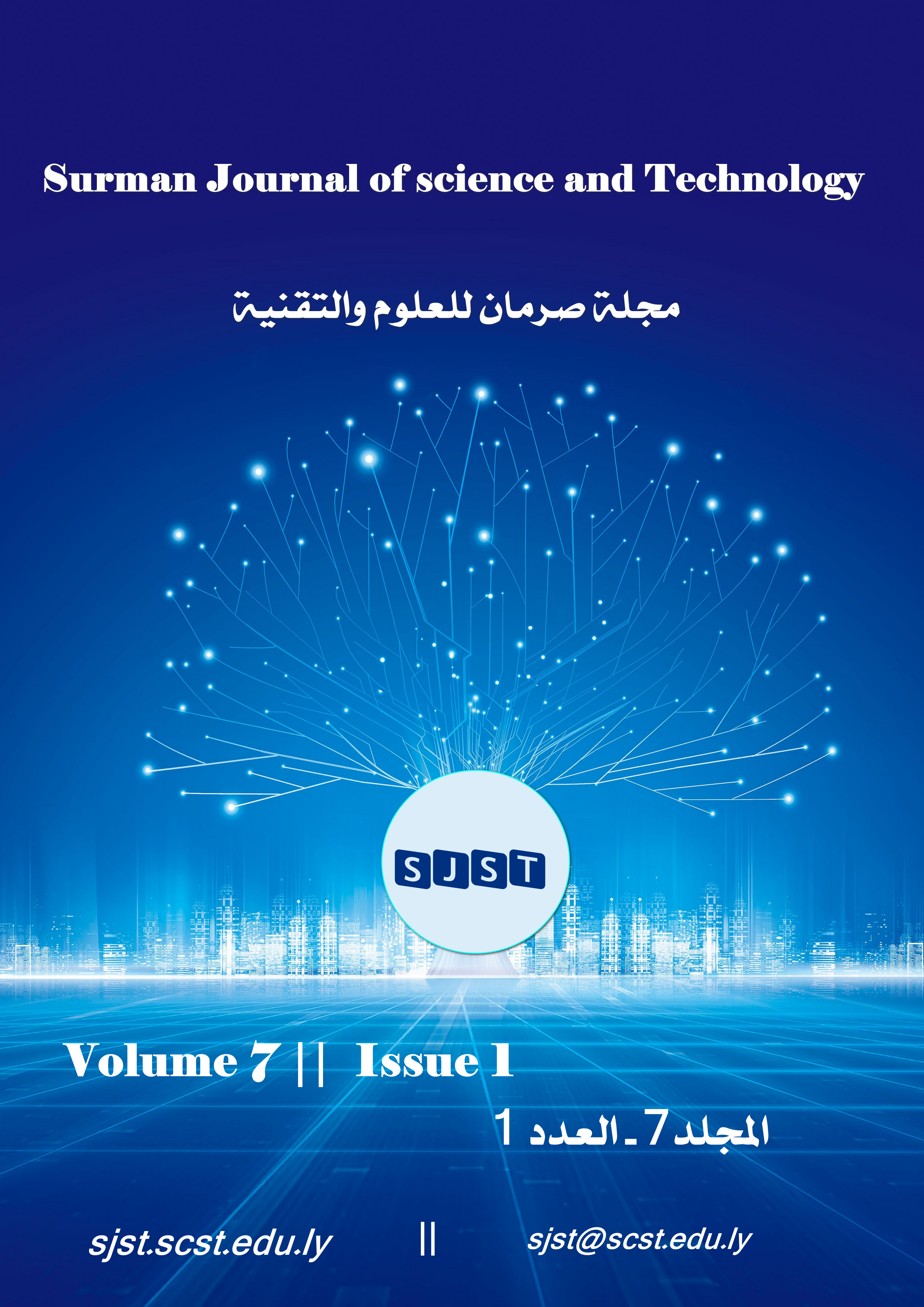Virtual vs. Real: The Impact of Tinkercad and Traditional Labs on Developing Electronic Programming Skills
Main Article Content
Abstract
This study explores the effectiveness of virtual laboratories, particularly Tinkercad, compared to traditional laboratories in developing electronics programming skills among computer technology students. A structured survey was conducted among 30 students over multiple academic terms to assess their experiences in both environments. The study evaluates factors such as ease of use, accessibility, hands-on experience, problem-solving skills, and interaction with instructors. Statistical analysis, including charts and tables, provides a comprehensive comparison. The findings highlight the strengths and limitations of each approach and offer recommendations for an improved blended learning model.
The results reveal that virtual laboratories, such as Tinkercad, offer significant advantages in terms of accessibility and ease of use, allowing students to experiment and learn at their own pace without the constraints of physical laboratory availability. However, traditional laboratories provide invaluable hands-on experience and direct interaction with physical components, which are essential for developing practical skills and deep understanding. The study suggests that a blended approach, combining the flexibility of virtual labs with the tangible benefits of traditional labs, can enhance the learning experience. This approach would accommodate diverse learning styles, reinforce both theoretical knowledge and practical skills, and ultimately produce more competent and confident students in electronics programming.
Downloads
Article Details

This work is licensed under a Creative Commons Attribution-NonCommercial 4.0 International License.

